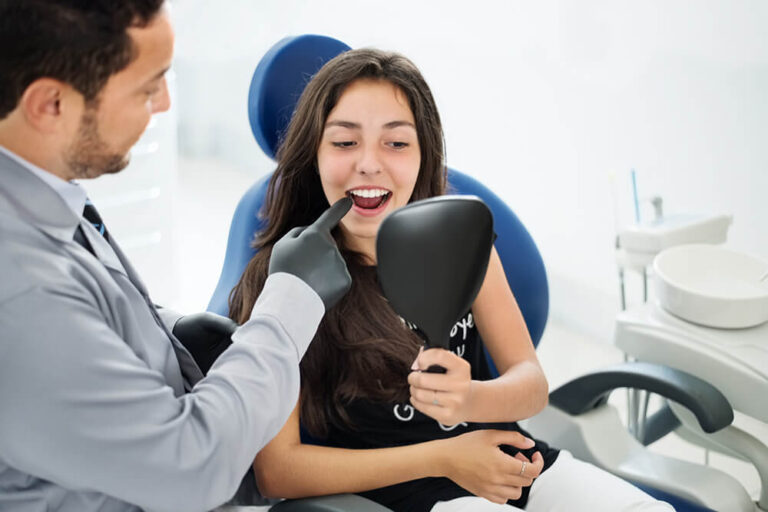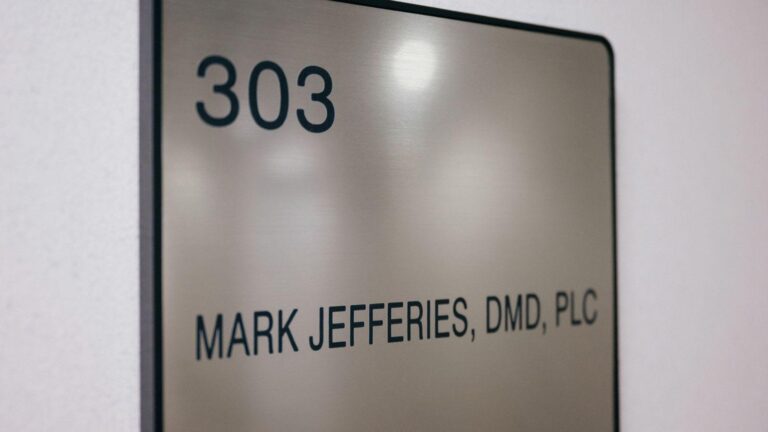How to Stop Chronic Bad Breath
Bad breath can happen to anyone. In fact, studies show that 50 percent of adults have had bad breath, also known as halitosis, at some point in their lives. Dr. Mark S. Jefferies is a Herndon, VA dentist helping patients find solutions to this chronic problem so they feel more confident in their smiles.


